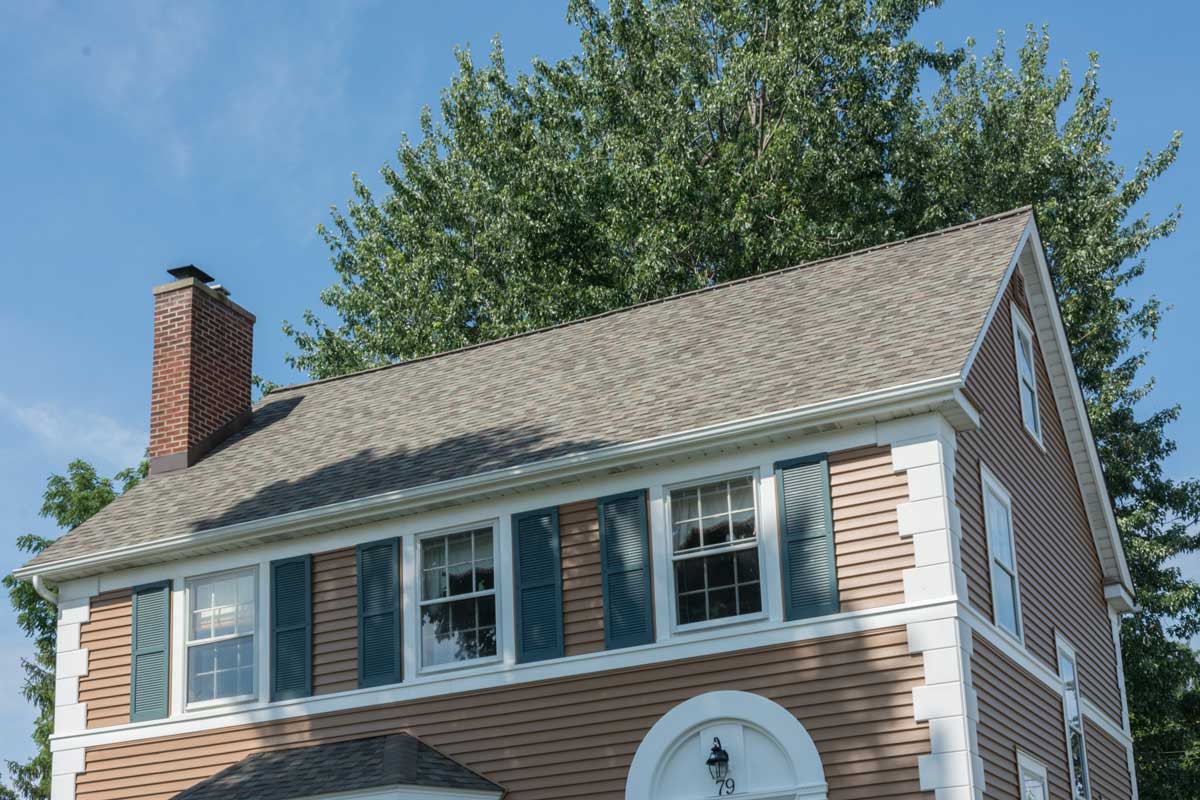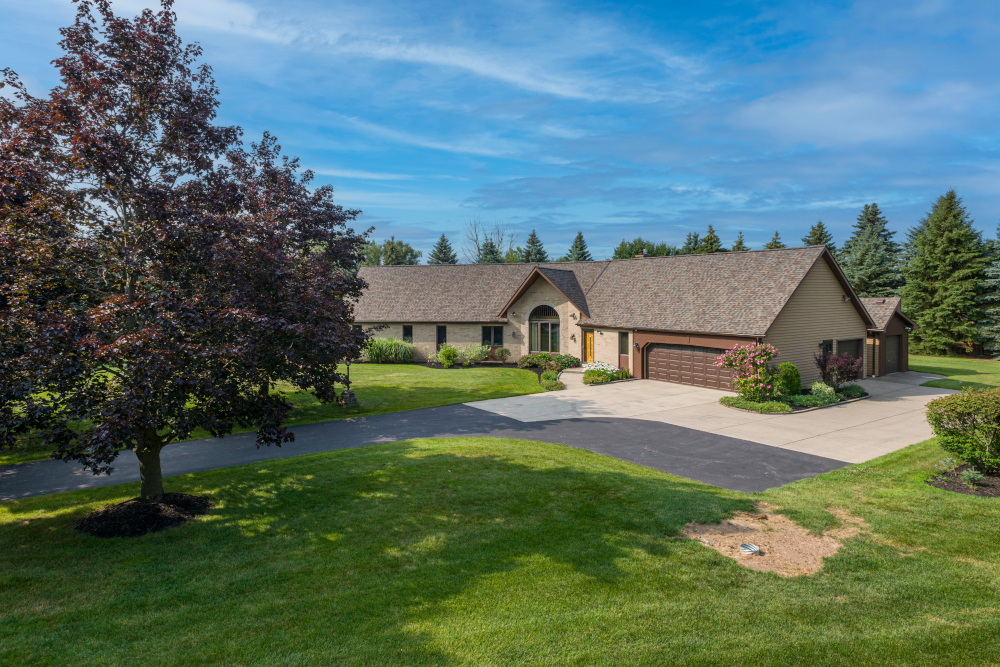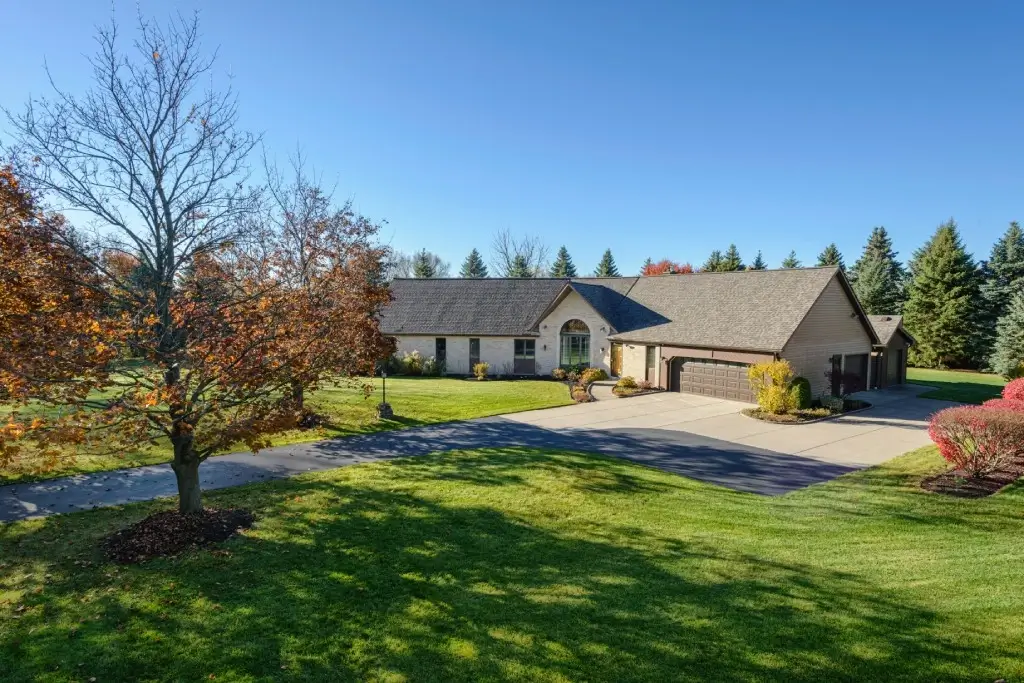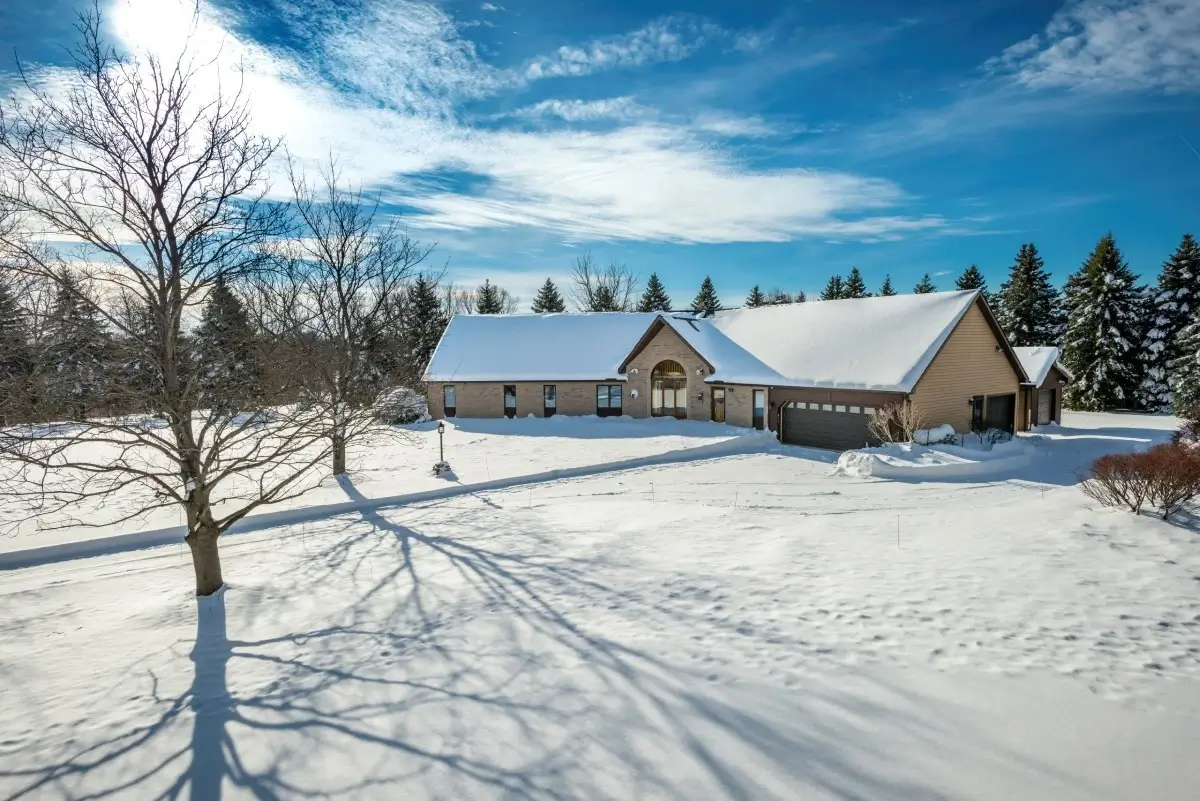Do you ever think about the importance of your home’s siding? It may not be at the forefront of your mind when it comes to regular home maintenance – but it’s a crucial factor in protecting your home from outside elements.
Like any part of your home, your siding can experience wear and tear over time, especially in New York’s harsh weather. Unfortunately, ignoring these signs can lead to bigger problems down the road. Addressing any issues early is critical – before they become a larger expense.
Here are five common signs your home may need a vinyl siding replacement or repair:
1. Your Energy Bills are Unusually High
Have you noticed a sudden spike in your energy bills? It may be due to damaged or missing siding. Your vinyl siding helps insulate your home, keeping warm air in during the winter and cool air in during the summer. If it’s not functioning properly, it can cause your energy usage to increase.
If you suspect this may be the case, take a look at your siding for any damages. Cracked or missing pieces can cause air leaks, leading to higher energy bills. It’s important to address this issue as soon as possible to avoid costly utility bills and improve the overall energy efficiency of your home.
If you’re unsure where to start, a residential siding contractor can provide an assessment and determine if replacement or repairs are necessary. They will also be able to pinpoint the source of any air leaks and recommend the best solution for your home.
2. Small Holes or Dents
Cracks, gaps, and holes can be caused by a million different reasons – and are clear signs you need siding replacement or repair. Most small dings can be attributed to falling tree branches, hail, and ice.
Now, holes and dents are more than just aesthetic issues. Any opening lets water into the interior of your home, which creates a plethora of other problems – mold, rot, mildew, etc. If left unmitigated, this can lead to structural damage and a range of health hazards.
Spotting holes in your siding is not always easy – as many are very small. We recommend taking a close look at your vinyl siding one or two times every year. Or, have a professional house siding contractor come out and do an inspection. This is a problem that only gets worse as time goes on, early detection and intervention are crucial.
3. There’s Wind Damage
Wind damage to siding is common after a big storm. Fortunately, spotting these issues is usually pretty easy – even from the ground. Look for signs of buckling, warping, or missing pieces. Wind damage can significantly disrupt the tongue and groove system which makes your siding watertight.
To reiterate, siding damage left untreated can lead to a wide range of problems – and you need to act quickly. You always want to examine your siding after a big storm blows through.
Some issues may only be cosmetic and not require expensive repairs. If there appear to be any anomalies to how the siding lays against the house, you’ll need to contact a siding contractor.
4. There is Insect Damage
Vinyl siding is fantastic for protecting your home for the long haul. Unfortunately, it can also shelter a plethora of insects – including ants, wasps, bees, termites, earwigs, and so on. Insect damage is not always clear. Bugs can slowly burrow inside the siding, nest, and infiltrate the interior. Many people don’t notice until they have pests inside the home.
The “good” news is it’s relatively easy to check if you have an insect problem on your vinyl siding. For bees and wasps, you should be able to quickly identify nests/hives. For termites and ants, take a screwdriver and gently press it against the siding where you suspect they are coming in. If the siding is soft, there is a decent chance you have an insect problem.
Like all other issues in this article, early intervention is everything. Failing to tackle pest problems can quickly add a costly exterminator fee – in addition to hiring a siding repair contractor.
5. There are Signs of Shoddy Installation
Vinyl siding is supposed to last for decades. If it’s not installed properly, you could be dealing with home siding replacement and repairs every few months.
Vinyl siding should be installed so it has room to expand as temperatures fluctuate throughout the year. The siding will warp and buckle if it’s fastened to the side of the home too tightly. Additionally, the nails can pop and create bulges – which will result in a number of additional problems.
You should be able to move your vinyl house siding horizontally roughly an inch. If the siding won’t budge, it’s a clear sign it was installed incorrectly. In this situation, you may be looking at a full house siding replacement project. Get in touch with a siding contractor to gauge the depth of the issue – and give you an estimate to fix it.
Wrap Up
Think of your home’s siding like a suit of armor. Any problems with it can leave you vulnerable to much bigger problems. The most important aspect of siding repair is taking action quickly. Catching problems early usually results in reasonably cheap fixes. Letting issues like holes or warped panels fester will only create more expensive problems.
We recommend keeping close eyes on your vinyl siding as often as you can – with one or two detailed inspections annually. For any questions or concerns with your vinyl siding, the team at William C. Rott and Son is happy to provide some insight. We proudly serve homes in Buffalo and Western New York.
Give us a call at 716-694-8220, send an email to info@wcrott.com, or fill out a form online.





